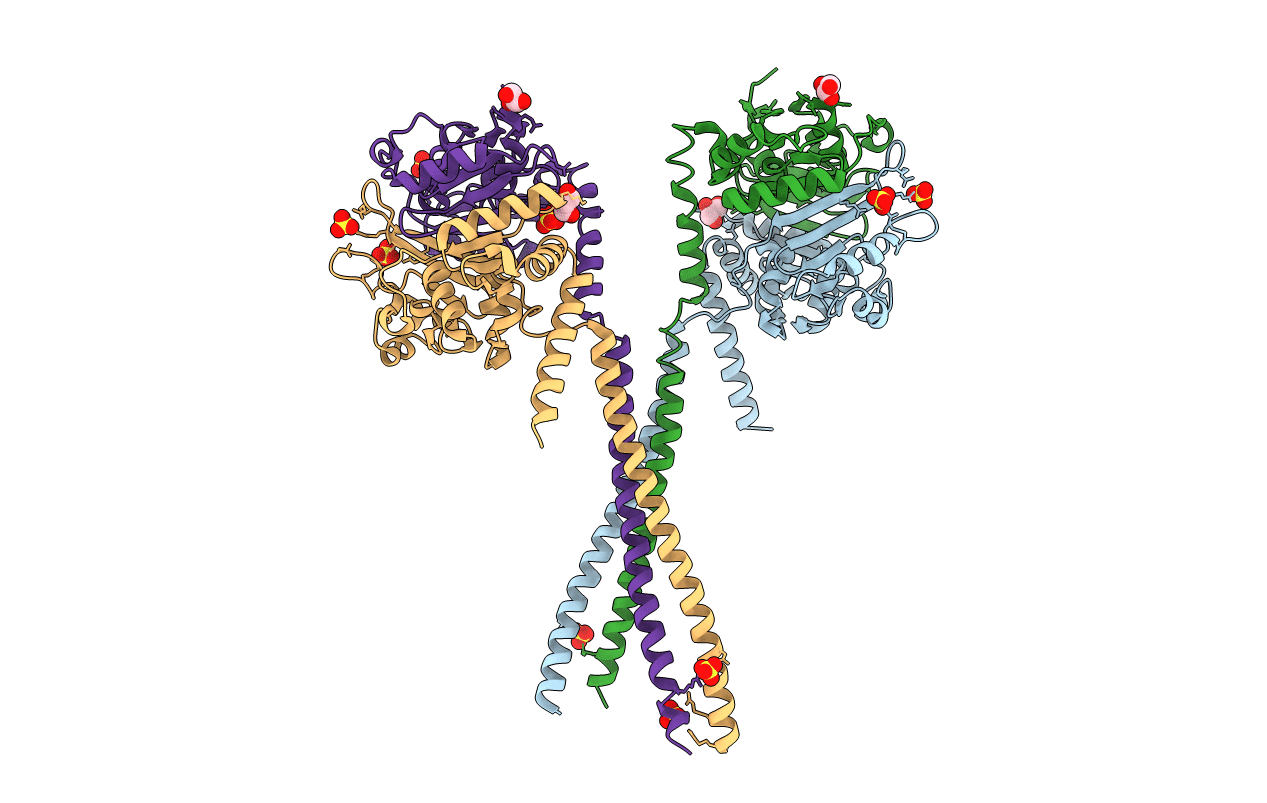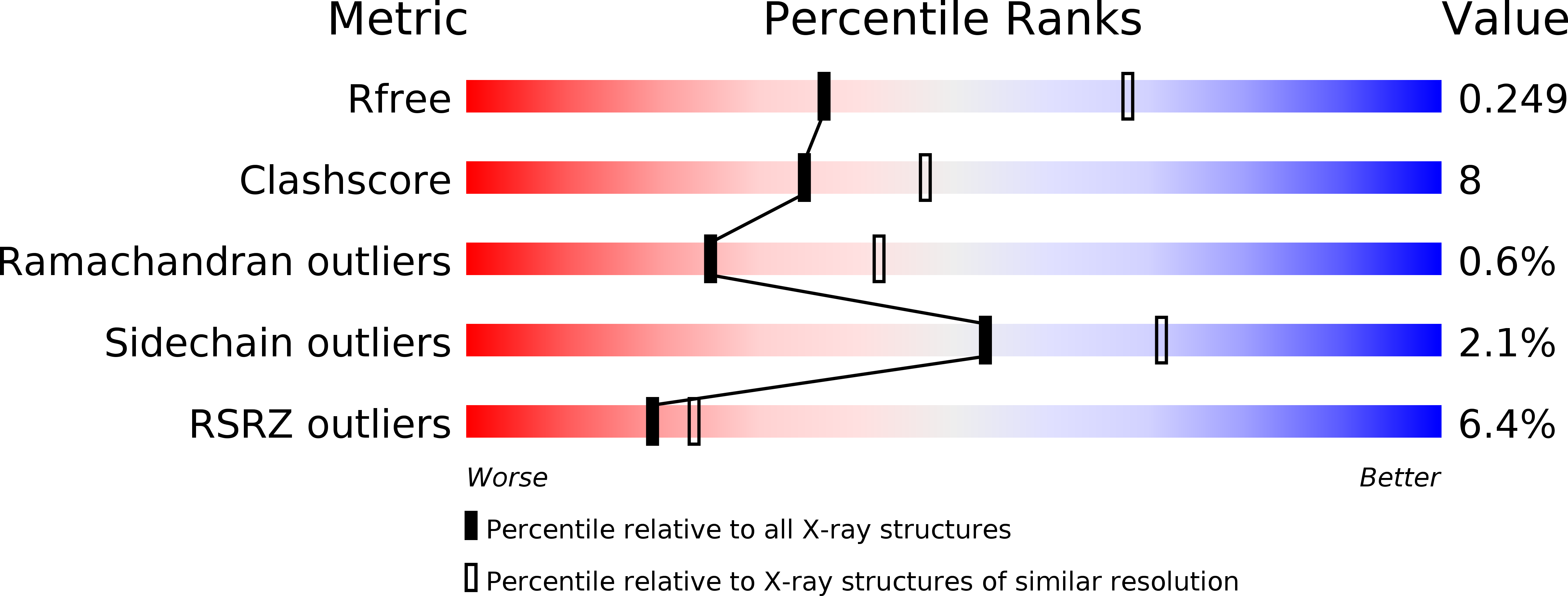
Deposition Date
2016-11-21
Release Date
2017-02-08
Last Version Date
2024-05-08
Entry Detail
Biological Source:
Source Organism:
Schizosaccharomyces pombe (Taxon ID: 4896)
Host Organism:
Method Details:
Experimental Method:
Resolution:
2.75 Å
R-Value Free:
0.24
R-Value Work:
0.20
R-Value Observed:
0.21
Space Group:
C 2 2 21


